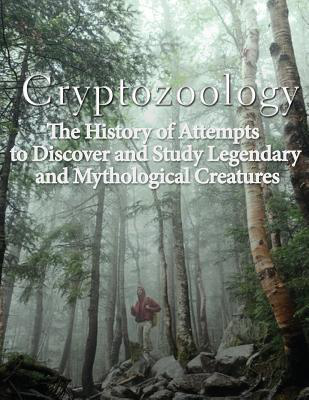Scientists Believe That Extraterrestrials May Have Influenced Human History
Alien Life & UFO/UAPs
Tuesday 17th, May 2022
2 minute read.
In 2009 a find by scientists in Siberia at an unknown mineral mine, this find is reported to have arrived on Earth billions of years ago. The rare and strange piece of material was found in a box which was received from the Italian Museum of Natural History in Florence.
NASA published a book in 2014 which looked at possible extraterrestrial intervention with Earth and human history. The book explored the possibility that some of the rock formations on Earth could possibly have been done by extraterrestrial sources.
A group of researchers report that the material arrived on Earth with the Khatyrka meteorite which made impact in Eastern Siberia, near the Koryak Mountains.
When analysing the material it was the atomic structure of the material that caught researchers attention. The reason being is due to the material only ever have been seen in laboratory on Earth where it was artificially created. Known as 'quasicrystals' due to the fact they look like crystals on the outside but have a different structure on the inside.
The atoms of matter were arranged in a wide variety of configurations that, based on human understanding of science and chemical composition, were simply not possible in nature.
"This discovery provides important evidence that quasicrystals can form in nature under astrophysical conditions and suggests that this phase of matter can remain stable for billions of years," said physicist Paul Steinhardt, Albert Einstein Professor of Natural Sciences at Princeton.
NASA published a book in 2014 which looked at possible extraterrestrial intervention with Earth and human history. The book explored the possibility that some of the rock formations on Earth could possibly have been done by extraterrestrial sources.
A group of researchers report that the material arrived on Earth with the Khatyrka meteorite which made impact in Eastern Siberia, near the Koryak Mountains.
When analysing the material it was the atomic structure of the material that caught researchers attention. The reason being is due to the material only ever have been seen in laboratory on Earth where it was artificially created. Known as 'quasicrystals' due to the fact they look like crystals on the outside but have a different structure on the inside.
The atoms of matter were arranged in a wide variety of configurations that, based on human understanding of science and chemical composition, were simply not possible in nature.
"This discovery provides important evidence that quasicrystals can form in nature under astrophysical conditions and suggests that this phase of matter can remain stable for billions of years," said physicist Paul Steinhardt, Albert Einstein Professor of Natural Sciences at Princeton.



